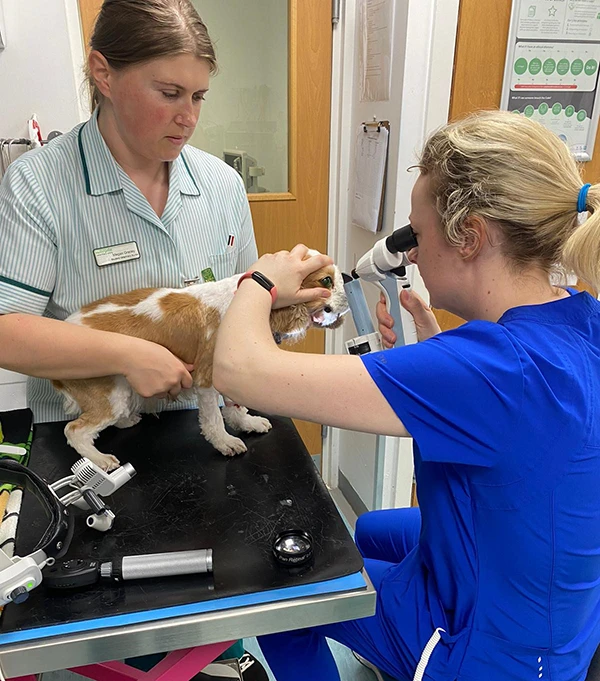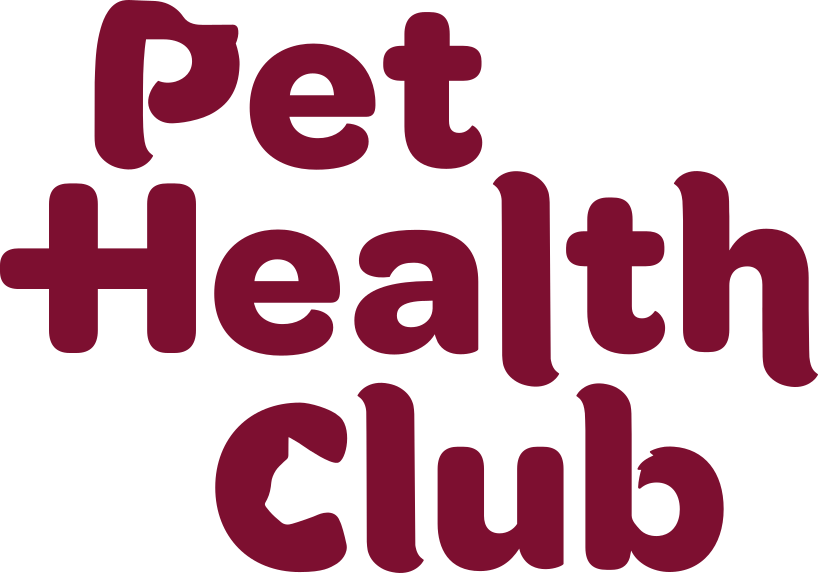Trusted veterinary care in Belfast

How can we help today?
Register Pet
Book appointment
Pet Health Club®
Order medication
Pay my bill
Contact us

Pet Health Club® Plus
Have you heard about our new Plus Plans? They include:
- Unlimited consultations †
- All the benefits of our Essential Plan
- 24/7 access to an online vet ‡

Our Vet Services & Prices
At Hollygate Vets in Belfast, we provide comprehensive care for cats, dogs, and small animals. Our services include:
- Consultations
- Vaccinations
- Neutering
- Dental Care
- Nail Clipping
- Ultrasonography
- Pet Passport
Animals We Care For
We welcome all sorts of pets from the everyday to the not-your-everyday...
Companion Animals
The practice cares for companion animals such as cats, dogs, rabbits, guinea pigs, ferrets and hamsters.
Rabbit Friendly
Practices with Rabbit Friendly status cater specifically for the needs of rabbits and other small animals. They will provide specialist knowledge based on the needs of your small animal.
Meet the team
Fabian Crudden
BVMS PgCertVPS CertAVP MRCVS Veterinary Surgeon
Susan Griffin
Veterinary Care Assistant
Katie Keane
MVB MRCVS PgCertOphthal Veterinary Surgeon
Lauren Simpson
BVetMed MRCVS Veterinary Surgeon
Megan Gracey
Registered Veterinary Nurse
Bethany Thomson
Veterinary Nurse
Alison Galbraith
Receptionist
Opening hours
Find us
21 Church Road, Carryduff, Belfast, Co. Antrim, BT8 8DT
Contact Us
Our dedicated pet care team is ready to assist you. Contact us for information on how we can support your pet's needs.

Follow the fun...
* Average annualised saving based on full uptake of core benefits, including full course of vaccinations of the cat, dog or rabbit Plan compared against average cost for non-Plan customers of equivalent items across 94%of participating PHC clinics calculated on [04/04/25]. Saving will vary per species per year based on vaccination status. T&Cs apply, see here.
† Specialist, referral, or out-of-hours consultations, are not included. Consultation fees associated with administering injections for chronic conditions are not included but discounted for PHC Plus members. Fair usage policy and terms and conditions apply. See Terms of Sale here
‡ 24/7 access to an online vet provided by Pawsquad

